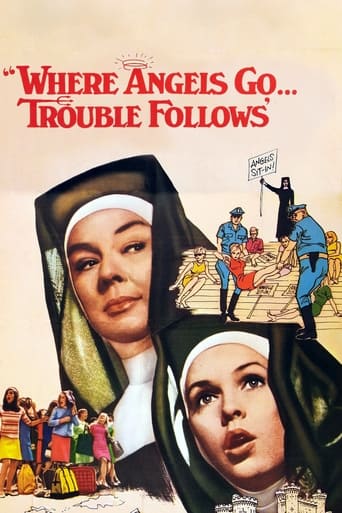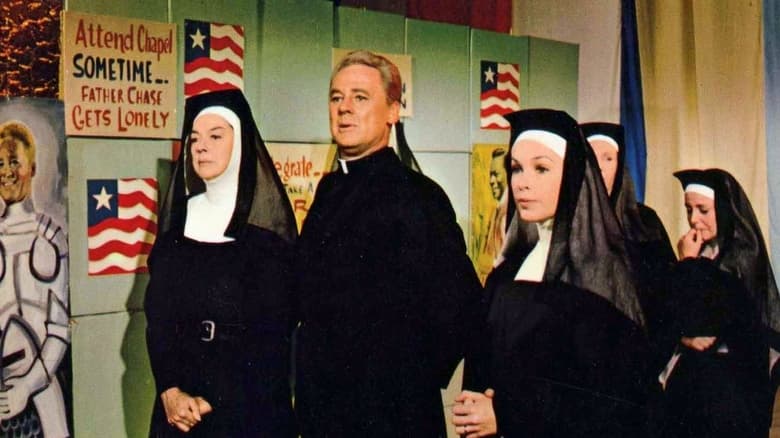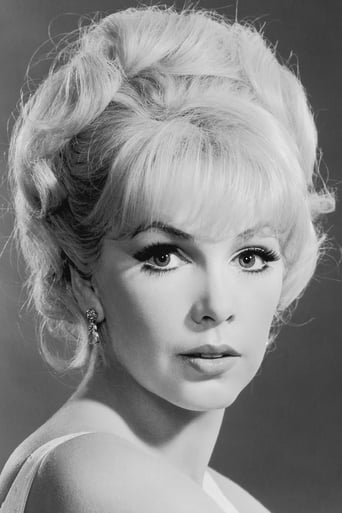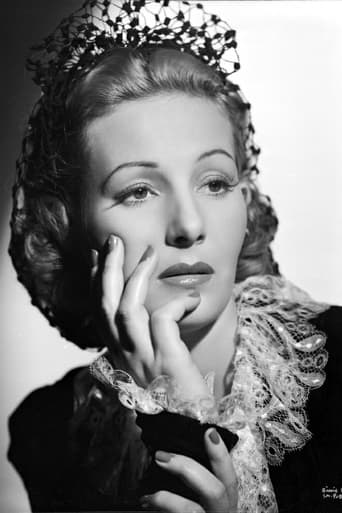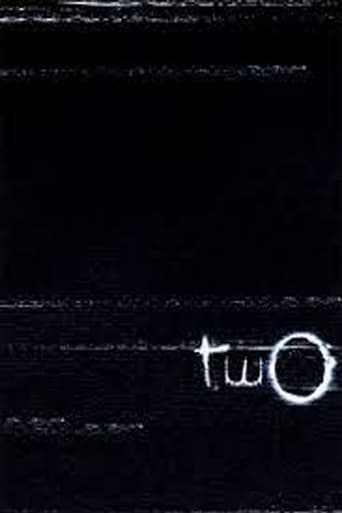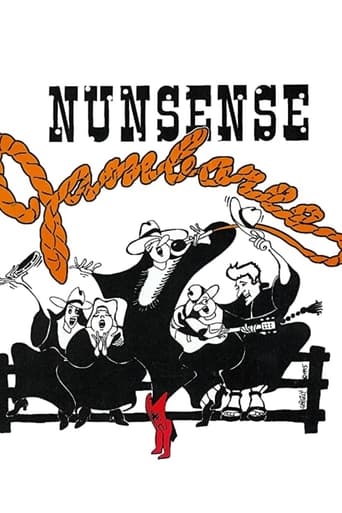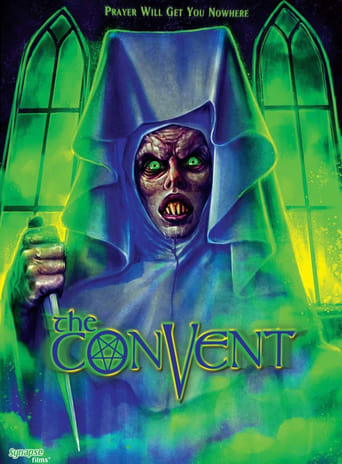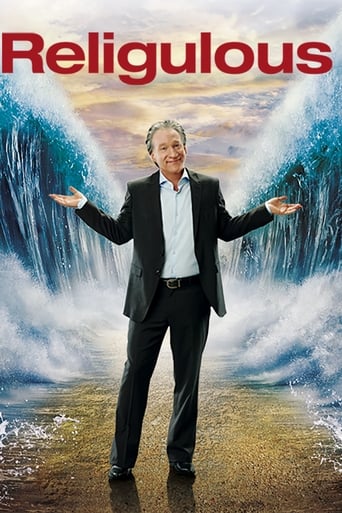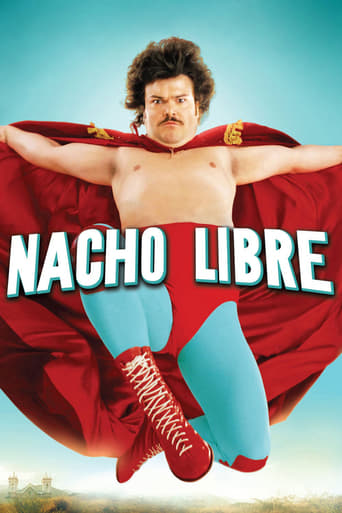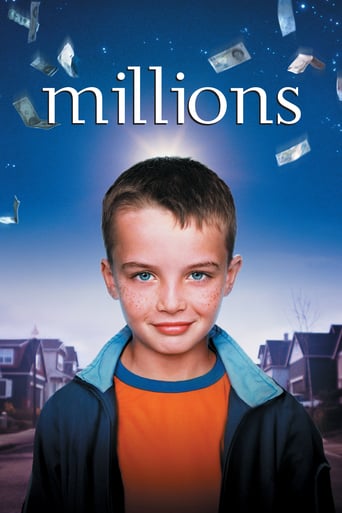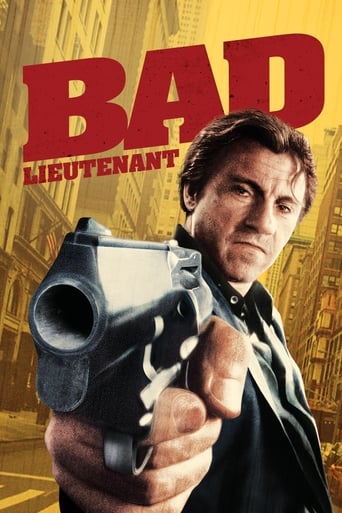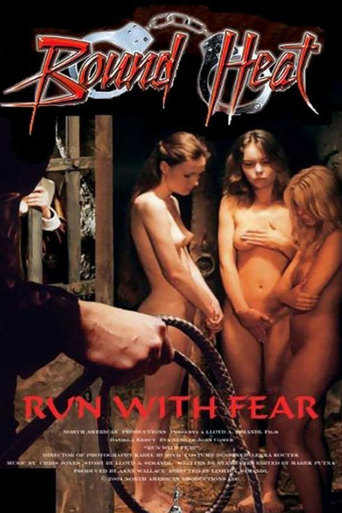Where Angels Go, Trouble Follows (1968)
Mother Superior of St. Francis Academy is challenged by a modern young nun when they take the girls on a bus trip across the country.
Watch Trailer
Free Trial Channels
Cast


Similar titles
Reviews
Very well executed
Plenty to Like, Plenty to Dislike
The plot isn't so bad, but the pace of storytelling is too slow which makes people bored. Certain moments are so obvious and unnecessary for the main plot. I would've fast-forwarded those moments if it was an online streaming. The ending looks like implying a sequel, not sure if this movie will get one
I didn’t really have many expectations going into the movie (good or bad), but I actually really enjoyed it. I really liked the characters and the banter between them.
If one didn't know how to organize the scenes of a movie, "Where Angels Go, Trouble Follows" could serve as an example of what not to do. Put a road trip in the film and then just plop the scenes down in any order. It's a mess, even with a weak thread to connect the parts. This 1968 sequel to "The Trouble With Angels" of 1966 fails in more ways than direction, plot and screenplay. With the exception of a few of the actresses who play nuns, the acting ranges from ho-hum to horrible. Even with the number of scenarios with big name actors, the film flops. Van Johnson, Robert Taylor, Milton Berle and Arthur Godfrey can't do anything with this script to save the film.This is the first major role that Susan St. James had in her career, but her Rosabelle doesn't have the life and spark of a Mary Clancy (Hayley Mills in the first film). She and Barbara Hunter as Marvel Ann are the two troublemakers in this film, but their characters have no depth. They just get into a scrape here and there, with little between to give them any connectedness. The plot is very goofy in places. Some of the scenes are far out. Why would movie Indians attack their bus? They clearly didn't just drive into the middle of a movie set with a band of Indians attacking a wagon train. They were some distance from the filming when attacked. In the school bus and car wash scene, the first thing one notices is that the bus windows are open – way before they start the bus through the wash. Okay, so Rosabelle isn't very sharp and not at all alert. But, at the end of the bus wash, the two girls laugh it up. Where was the scene of a long delay while the bus dried out, and mother superior's discipline? Indeed, most of the scenarios on the bus journey are incomprehensible. They are heading across country – 3,000 miles, to some sort of rally. So, they stop for a day at an amusement park before they even get out of Pennsylvania? Then, in the Southwest they get the help of a rancher and his six sons, who put on a rodeo show for them. They then put the whole bus up for the night in a palatial ranch house. Of course, we never know what the rally is that the girls are going cross-country to attend. The movie has one short scene of the bus pulling on to the Pennsylvania Turnpike. But most of the driving is on two-lane roads and narrow paved country roads, some of which aren't even lined. By 1968, large portions of the Interstate Highway system were completed across the U.S. And, in those areas where there were no freeways, the major highway and secondary road traffic would be very heavy most of the time. Yet this school bus goes cross-country hardly ever encountering traffic for hundreds of miles. Columbia Studios didn't have sense enough to get some film footage of a school bus driving on regular highways with other traffic. Then, there's Sister George, played by Stella Stevens. Not only is she a constant complainer and blamer (real attributes of a nun serving the Lord), but she is loud, obnoxious, unkind and disrespectful to the mother superior and her fellow sisters. Her role was way overboard and unbelievable. So, when she said something to a couple of the girls about getting something out of being a nun, it didn't resonate as honest or believable to this viewer. I can't imagine what the Columbia Studio people were thinking about this role. Did they think that the lippy, whining, belligerent, liberal and "modern" Sister George would go over with audiences? She didn't with most then, and I doubt she would today.The only reason I give this film four stars – and the reason I stayed with it, was the performances of Rosalind Russell, Mary Wickes, Binnie Barnes and Dolores Sutton as the nuns. They were genuine and lent the only sense of reality to the film. Mary Wickes was superb in her role. But for these fine female performers and a few witty lines, there's nothing to recommend this film. At the end, this movie seemed to have a message about religious orders entering more into the world. Mother superior and the other nuns appear in less formal habits – with skirts and veils in the place of full covering habits. Many orders did become more "modern" and worldly over the next few decades. At the same time, the number of women in religious orders took a nosedive. Many orders are drying. They have given up, sold or closed the hospitals, schools, orphanages and other things they built and ran for decades. They no longer provide the bulk of the teachers in Catholic schools. Yet, just before the end of 20th century, there began a renewed interest by young women in becoming nuns. Some existing and some new orders have been flourishing the past few decades. Those that are growing wear habits and have regimens of prayer and devotion with work. Some growing orders are in Pennsylvania, Michigan, Tennessee, Missouri, Nebraska, Arizona, California and other states. Here are a couple of the few funny lines in this movie. Sister George, "Right now, reverend mother wouldn't give either one of you a free pass to a disaster."Mother Superior, "I can't tell you how grateful we are for the new bus, Mr. Clancy. It's very generous of you." Clancy, "It's my pleasure, reverend mother and after all, it is a tax deduction." Mother, "Yes, I know. Isn't it wonderful how our tax structure brings out the best in people?" Clancy, "That's very good, reverend mother."
Where Angels Go, Trouble Follows is a 1968 sequel to the 1966 classic The Trouble with Angels, but lightening definitely did not strike twice here.Rosalind Russell reprises her role as the Mother Superior who heads up St. Francis Academy, a convent school for teenage girls. In this film, the Reverend Mother finds herself at odds with a new nun at the Academy named Sister George, exuberantly played by Stella Stevens, whose radical ideas about education and everything else excites her young charges but works Reverend Mother's nerves into a frazzle. The conflict between old and new reach a fever pitch when Reverend Mother and Sister George take several of the girls on a cross-country bus trip.The film attempts to recapture t he spirit of the first film, but the conflict that Russell and Stevens' characters create here just aren't as interesting as the conflict between Russell and Hayley Mills in the first film. The adventures presented here include the bus breaking down and an encounter with a movie star (Robert Taylor) filming on location.Russell and Stevens work very hard to sustain interest here and Binnie Barnes and Mary Wickes also recreate their roles from the first film and provide sporadic laughs. Van Johnson appears as a priest and one of the St. Francis girls is played by a very young Susan Saint James.It's a pleasant time-filler, nothing more, but Hayley Mills is sorely missed.
I wasn't the biggest fan of the first "Angels" film so you can imagine how much I hated this inferior sequel. Rosalind Russell returns from the previous movie but this seems like more of a vehicle for Stella Stevens. Stevens plays the supremely annoying Sister George, a protesting nun who listens to rock music and is just oh-so-hip. It's a patently ridiculous character. She's a nun in name only but I'm not surprised as the entire film has little or nothing to do with the Catholic faith or its institutions. It's just one of those dated '60s movies that thumb their nose at "the man." In keeping with the tradition of the first movie, the girls in this one are irritating brats. A short-haired Susan St. James is the only one you'll remember. Vets Van Johnson and Robert Taylor add some class to things but it's sad they or Russell had to do this garbage. Don't waste your time with this.
I much enjoyed "The Trouble With Angels," however, I found the sequel to be quite disappointing. For one thing, the movie was composed of two main elements: 1) serious conversations between Sister George and Mother Superior that were very boring and 2) silly and stupid episodes of the girls' pranks and misadventures. While similar episodes were quite fun and humorous in "The Trouble With Angels," none of the scenes in this movie are nearly as entertaining, and none of the actresses are as good as the original two. One example is when "Indians" from a movie shoot start attacking their bus, and the girls and sisters throw bags at them and fight them off. Another problem is that the song, "Where Angels Go, Trouble Follows" is played not only at the beginning and end of the movie, but also is the only song played throughout the entire score and the only song the band plays at a dance the St. Francis girls attend. The main problem, however, is that the entire movie revolves around a road trip that Mother Superior, the Sisters, and select St. Francis girls take, to get to a youth rally. Nearly all the conversation in the movie is about the rally, however, we never see them actually get to the rally. The movie ends with a voice-over saying "Yes, we made it to the rally, and it was quite the beneficial experience for all of us," or something along those lines. All in all, Trouble With Angels fans may get a few smiles from this sequel, but do not expect a family classic!

